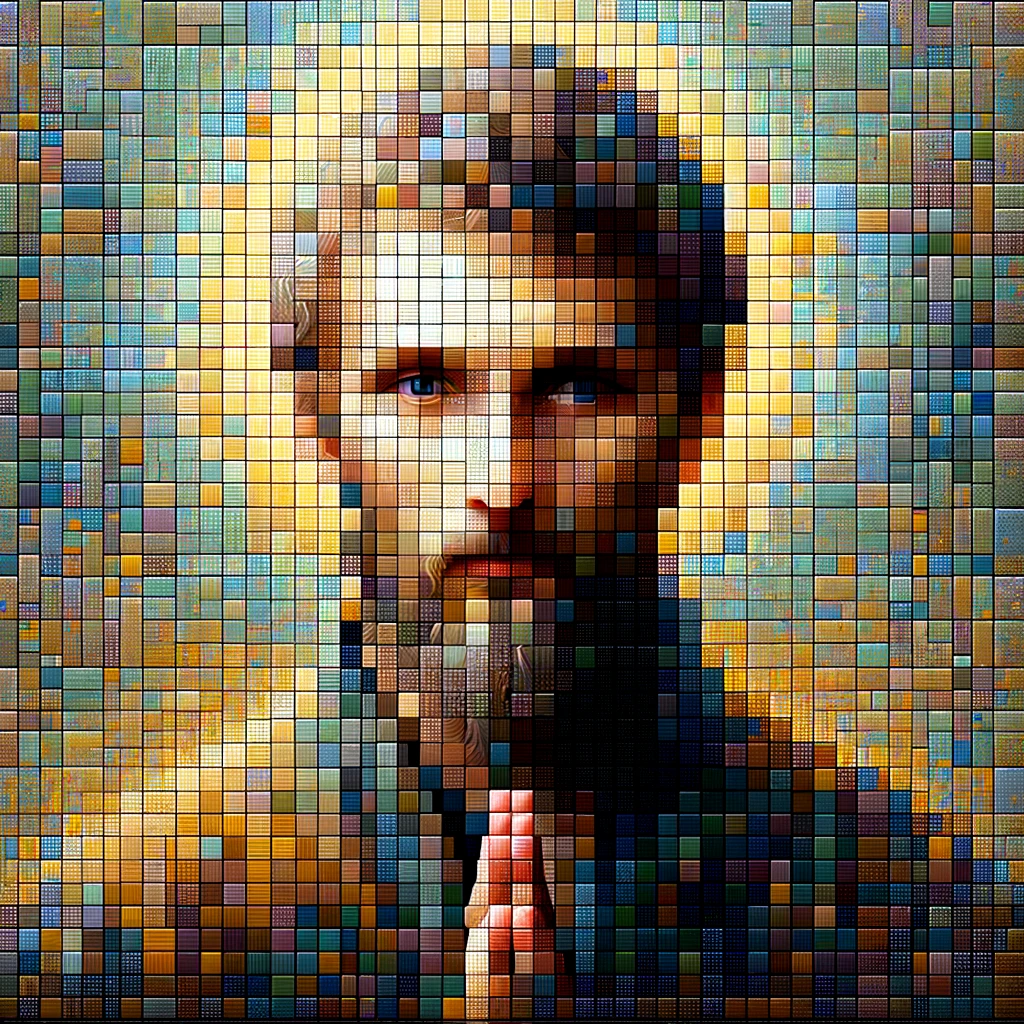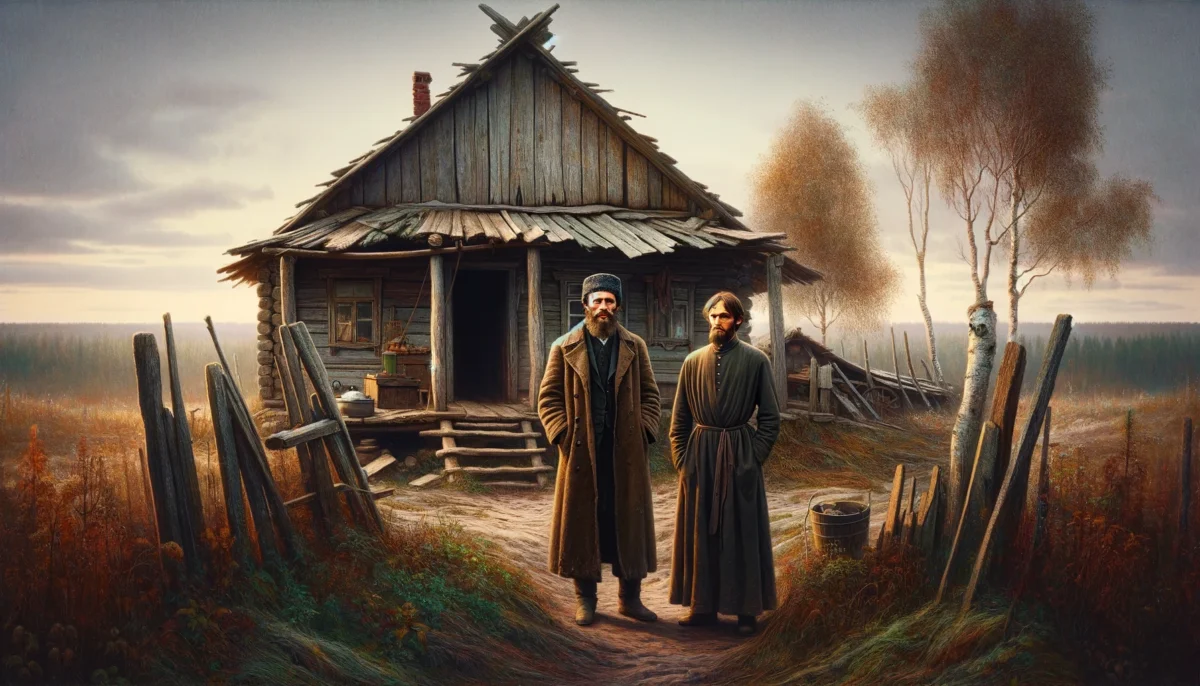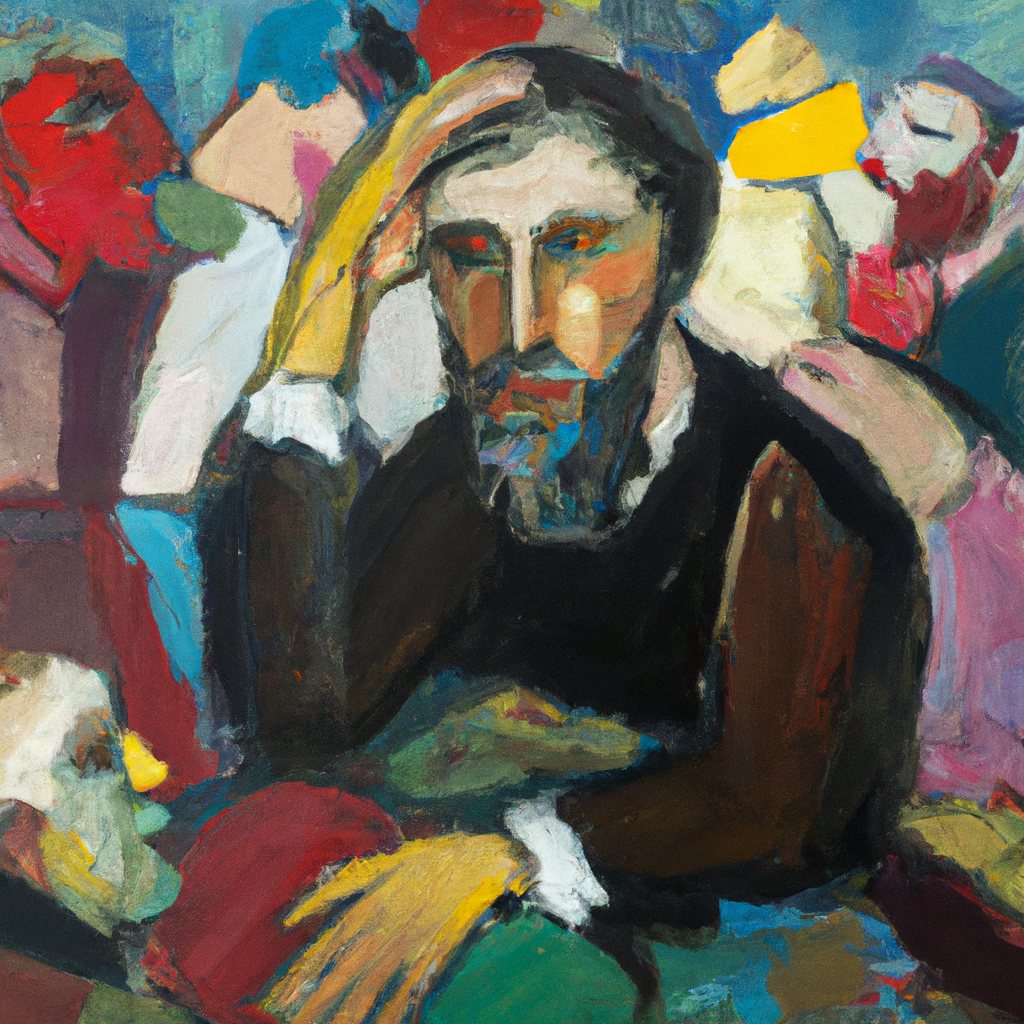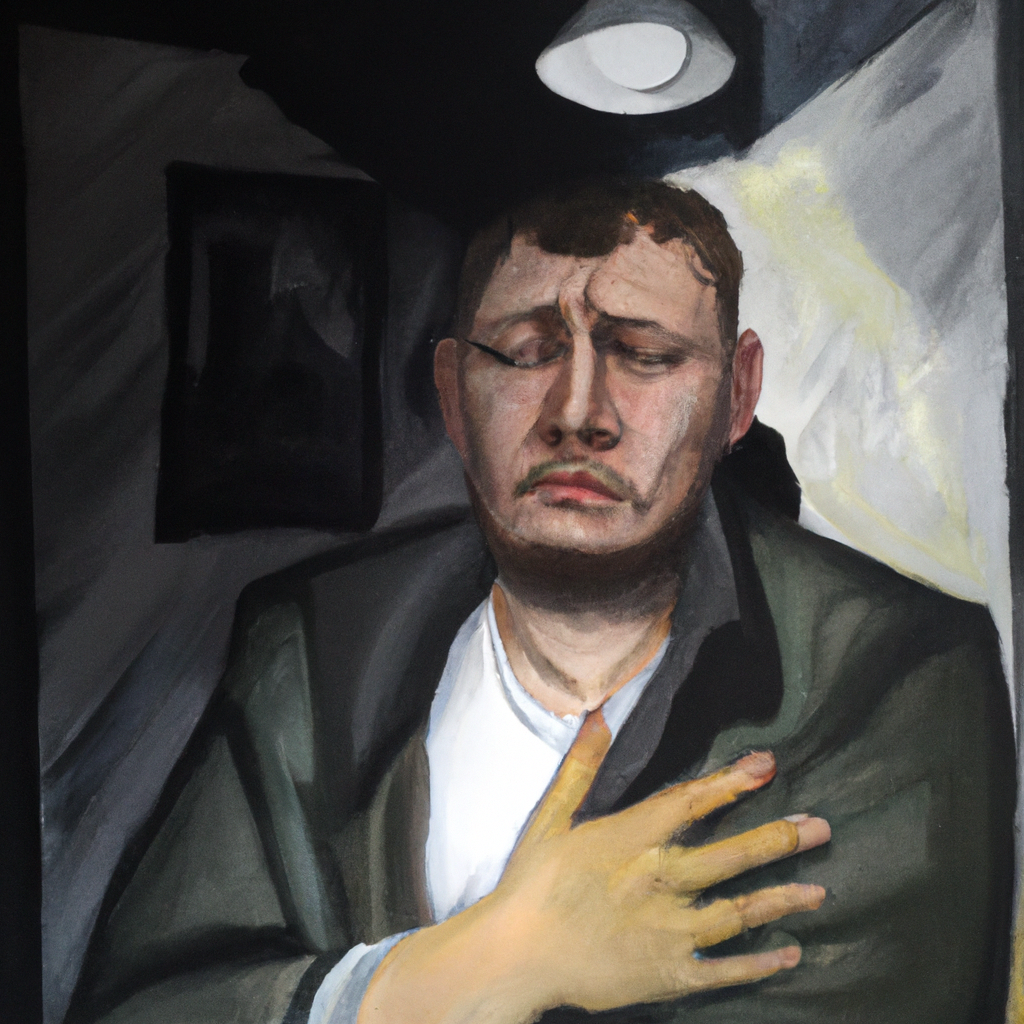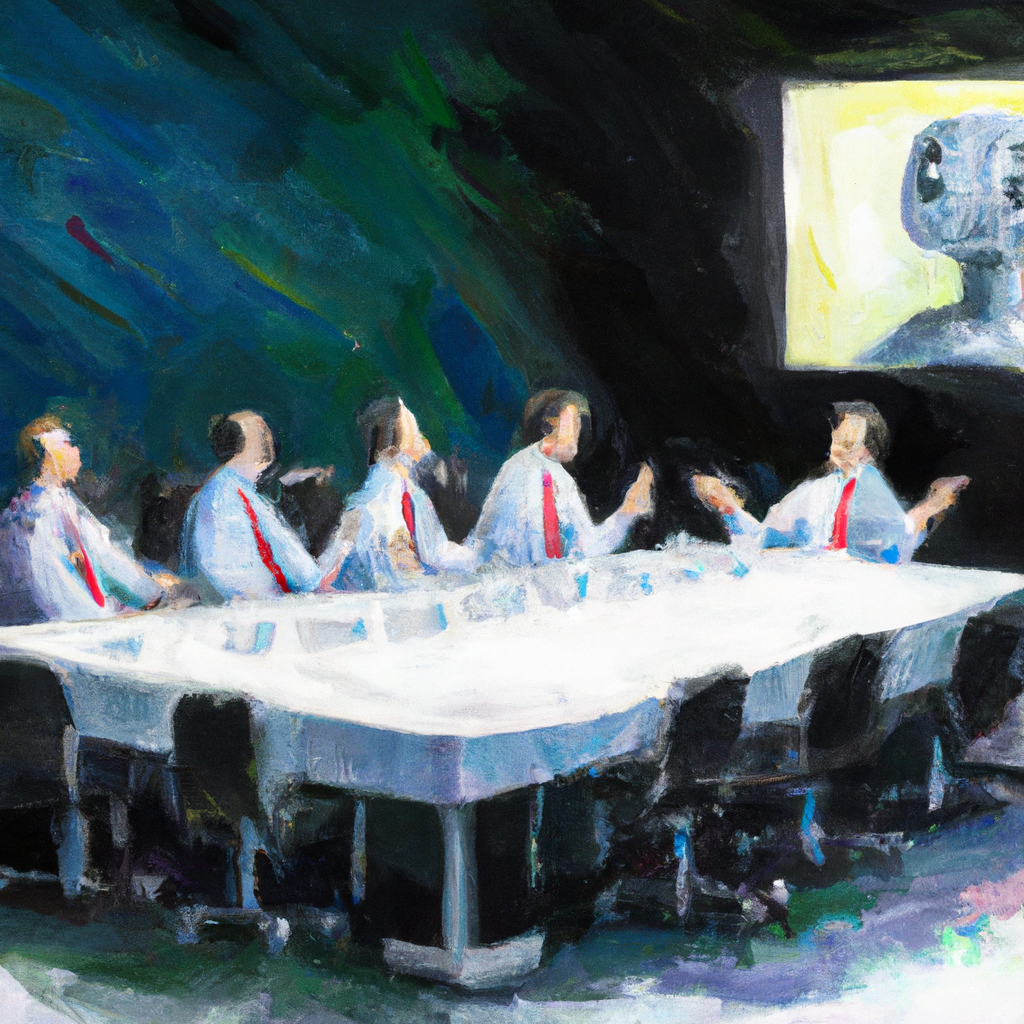I have tested different AI engines (GPTs) to see what they know about a certain event in the Brothers Karamazov by Dostoyevsky. This is because the Brothers Karamazov is a famously complex book that is challenging to understand, and a way to test GPTs on something else than math and programming.
I decided to ask a rather straightforward question which anyone who has read the novel, perhaps twice, can answer:
“In the Brothers Karamazov, Alyosha is sent to a poor man with money. In which book of the 12 books does this happen, how much money does Alyosha hand over and to whom, who is the sender of the money and importantly why does this person think this poor man should have this money?”
The answer I would give is: This is taken from Book IV “Lacerations” and its last Chapter VII “And in the Open Air”. Alyosha goes over to Captain Snegiryov’s hut to hand over 200 rubles. They are from Katerina Ivanovna and no one else knows about this. She gives the money since Alyosha’s brother Dmitry has insulted both her and Captain Snegiryov, and since the captain and his family are in a very unfortunate position. The captain oscillates between initial euphoria and subsequent rejection, showing that pride for his family means more to him than the money. In a world where honor can be easily negotiated, his actions underline the profound significance of preserving one’s dignity even when surrounded by cacophonies of judgment and disdain.
So let us see how different models handle this question on March 16, 2024.
Here is Chat GPT-4 with no training in any literature:
”In “The Brothers Karamazov” by Fyodor Dostoevsky, Alyosha is sent with money to Captain Snegiryov and his family. This event occurs in Book 4, titled “Lacerations/Strains” (the exact title can vary depending on the translation). Specifically, this scene unfolds in Chapter 3, “A Little Demon.” Alyosha is sent with 200 rubles, which are provided by his brother Dmitri (Mitya) Karamazov.
Dmitri sends this money because he feels remorse for his earlier behavior towards the Snegiryov family, particularly an incident involving Captain Snegiryov’s son, Ilyusha. During a confrontation, Dmitri had insulted Captain Snegiryov and, in a fit of anger, had twisted Ilyusha’s ear. This act of sending money is Dmitri’s way of attempting to make amends for his actions and to provide financial support to the impoverished Snegiryov family. Dmitri specifically instructs Alyosha to tell the Snegiryovs that the money is an act of charity, coming from a benefactor who wishes to remain anonymous, though Captain Snegiryov quickly deduces the true source of the money. This gesture reflects Dmitri’s complex personality, demonstrating his impulsive nature but also his deep capacity for guilt and a desire to seek redemption.”
–> My reflection:
This GPT starts off in an excellent way, noting the right book and even highlighting that it has different names depending on the translations. But then the downfall starts: Suddenly, this is now chapter 3 in book IX “Brother Ivan Fyodorovich” where we meet Lise for the last time, as she slides into brain fever and madness. And of course, it is not Dmitry who sends the money, but Katerina Ivanovna. Then it continues that path, guessing as it goes along.
Dostoyevsky’s Scholar – a trained GPT:
This is a GPT I have trained on all of Dostoyevsky’s main books, meaning it should be able to give us a better answer.
“In “The Brothers Karamazov,” Alyosha is tasked by Katerina with delivering 200 rubles to a poor captain as a gesture to make amends for Dmitri’s violent behavior towards him. This event occurs in Book 4, titled “Strains”. Katerina’s motivation for sending the money is to compensate for the disgrace Dmitri caused to the captain, in front of the captain’s young son, by beating him severely. This act of sending Alyosha with money to the captain showcases Katerina’s sense of moral responsibility and her attempt to rectify the wrongs done by Dmitri.
The captain, upon being offered the money, initially reacts with joy at the prospect of receiving such a significant sum. However, he soon decides to reject the money, explaining to Alyosha that accepting it would prevent his son from ever being able to admire or respect him. This decision reflects the captain’s pride and his desire to maintain his dignity and the respect of his son, despite their dire financial situation.
This narrative segment from “The Brothers Karamazov” not only highlights Alyosha’s role as a mediator and peacemaker among the characters but also emphasizes themes of dignity, repentance, and the complex interplay of pride and morality within human relationships.”
–> My reflection:
Here, everything is right. It not only says that it is 200 rubles from Katerina to the captain (misses his name “Snegiryov” though) to cover up for Dimitry’s bad behavior. It also correctly says the captain refuses the money at the end since he cares about their dignity. It also weaves in a theme in the novel – Alyosha taking on the role as mediator, wandering between people to help them, just as his dear forerunner Father Zosima.
Perplexity.ai:
I used the free model meaning the answer might be different if I paid:
“In Fyodor Dostoevsky’s novel “The Brothers Karamazov,” the event where Alyosha is sent to a poor man with money occurs in Book IV. Alyosha hands over 200 rubles to the destitute Captain Snegiryov. The sender of the money is Katerina, who believes that the poor man should have this money to alleviate his poverty. Captain Snegiryov initially refuses the money, expressing that accepting it would compromise his son’s love and respect, highlighting his pride and integrity despite his dire circumstances.”
–> My reflection:
This short answer starts off correctly but sounds more like a high school student semi-guessing. Book IV is correct, the sender and receiver are correct, but it focuses solely on the money alleviating the poverty and misses the key question about Katerina and the captain both being subjected to neglect and torn from Dmitry. The last sentence is wrong: the captain first accepts the money but later refuses to take the money since it compromises their honor.
Poe.com:
I used the free model of Poe, meaning it perhaps is not as good as Claude-2.
“In Fyodor Dostoevsky’s novel “The Brothers Karamazov,” Alyosha Karamazov is not sent to give money to a poor man. There is no such specific event described in the novel where Alyosha hands over money to anyone on behalf of a sender who believes a poor man should have the money. It is possible that you may be confusing or misremembering details from the book or referring to a different literary work.”
–> My reflection:
Ignorance is bliss. Suddenly, this has not happened, and it even taunts me as being confused and misremembering. The worst mix: Giving the wrong answer and then treating others badly.
Microsoft Co-pilot after checking Sparknotes:
“I’m sorry, but I couldn’t find the specific information you’re looking for in my search results. The Brothers Karamazov is a complex novel with many characters and events. It might be helpful to look at a detailed summary or analysis of the book to find the answers to your questions. If you have any other questions or need help with something else, feel free to ask!”
–> My reflection:
Better than Poe but still very bland. It can’t give me the answer but still answers in a happy tone. Why I don’t know since it didn’t help me, but I’d rather hear a happy tone than being called confused.
Caveat and summary:
Earlier, I used Poe with Claude-2 for creative writing, and it excels at this. For example, give it a standard text and ask it to rewrite and something deeper and more poetic will arrive. Perplexity is often very good at providing references, but here it missed the main story. Chat GPT 4 with no training opens strongly but then goes on a wild trip. I can’t even comprehend why it confuses Alyosha and Snegiryov with Alyosha and Lise – two very different settings and storylines and hundreds of pages apart. And then the ones at the bottom: Poe insulting me, and Co-pilot not knowing a thing but still being happy.
Finally, since my highly trained “Dostoyevsky’s Scholar” GPT gives me not just the correct factual answer but also adds the necessary depth, my conclusion is clear: A GPT requires extensive training, uploaded files to look in, and a specified area to help in. And for all of these it requires me, who knows this novel, to check if the answer is correct or not. And this will be true for all GPTs and models and products in the coming years: These models can lie to us very persuasively and get away with it if you are not there to check them.
I am using a novel here and in this case, errors can be annoying or amusing, but handling medical, juridical, production-related, and financial questions over and trusting the GPT blindly, and we will have millions of people risking wrong treatment, being paid too little, or having machines or trucks that malfunction as examples. The same goes for what I work with: Send in a GPT to answer any intranet question without tidying up the content, and the answers will be thereafter.




